The Fed ditches the Evans Rule
In December 2012, the Federal Reserve announced the advent of the Evans Rule — that the Fed will keep the federal funds rate low either until unemployment falls below 6.5 percent, or inflation rises above 2.5 percent.
Today, Fed Chair Janet Yellen and the rest of the Federal Open Market Committee ditched that rule, announcing that the central bank will continue to keep rates low, even though unemployment is now at 6.7 percent, just 0.2 percentage points away from the target.
That's a great idea. Why? The Evans Rule was never really fit for the purpose; 6.5 percent is a totally arbitrary level. The Fed's mandate calls for "maximum employment and 2 percent inflation." The current employment rate is not — as I have argued — "maximum employment." The natural rate of unemployment is variable, and with growth still relatively weak, there is considerable room for more jobs growth. And with inflation remaining almost a full percentage point below the 2 percent target, there really is no need to tighten right now. More stimulus — and lower unemployment — is merited.
The Week
Escape your echo chamber. Get the facts behind the news, plus analysis from multiple perspectives.

Sign up for The Week's Free Newsletters
From our morning news briefing to a weekly Good News Newsletter, get the best of The Week delivered directly to your inbox.
From our morning news briefing to a weekly Good News Newsletter, get the best of The Week delivered directly to your inbox.
The other decision Yellen announced today — reducing the quantitative easing bond-buying programs by another $10 billion to $50 billion per month — was entirely to be expected given February's strong employment growth. Tapering is a gradual process. If unemployment fails to fall further, further tapering can be delayed or reversed. Or, if inflation picks up, tapering can be accelerated.
All in all, a good start for Janet Yellen.
A free daily email with the biggest news stories of the day – and the best features from TheWeek.com
John Aziz is the economics and business correspondent at TheWeek.com. He is also an associate editor at Pieria.co.uk. Previously his work has appeared on Business Insider, Zero Hedge, and Noahpinion.
-
 6 lovely barn homes
6 lovely barn homesFeature Featuring a New Jersey homestead on 63 acres and California property with a silo watchtower
-
 Film reviews: ‘Marty Supreme’ and ‘Is This Thing On?’
Film reviews: ‘Marty Supreme’ and ‘Is This Thing On?’Feature A born grifter chases his table tennis dreams and a dad turns to stand-up to fight off heartbreak
-
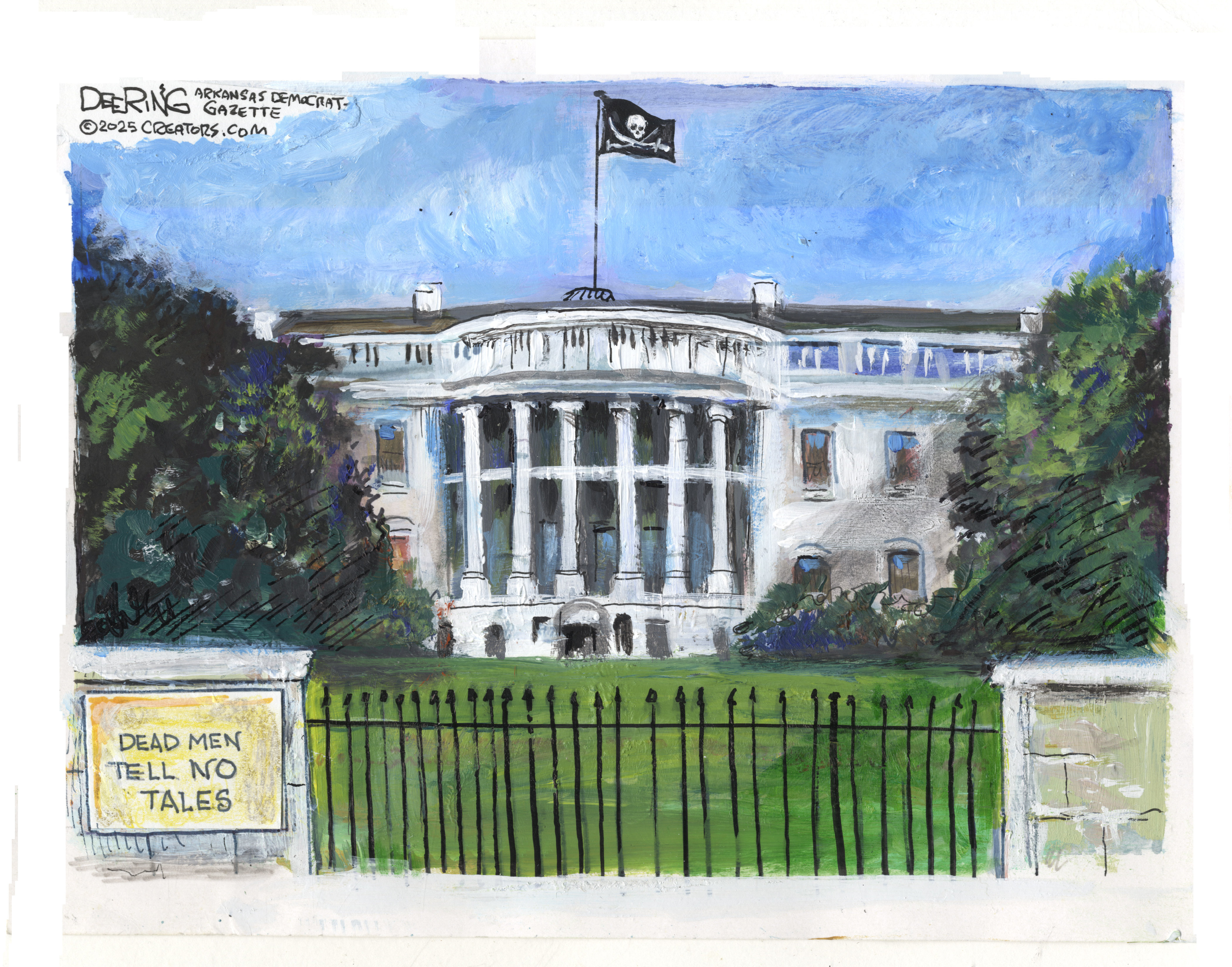 Political cartoons for December 14
Political cartoons for December 14Cartoons Sunday's political cartoons include a new White House flag, Venezuela negotiations, and more
-
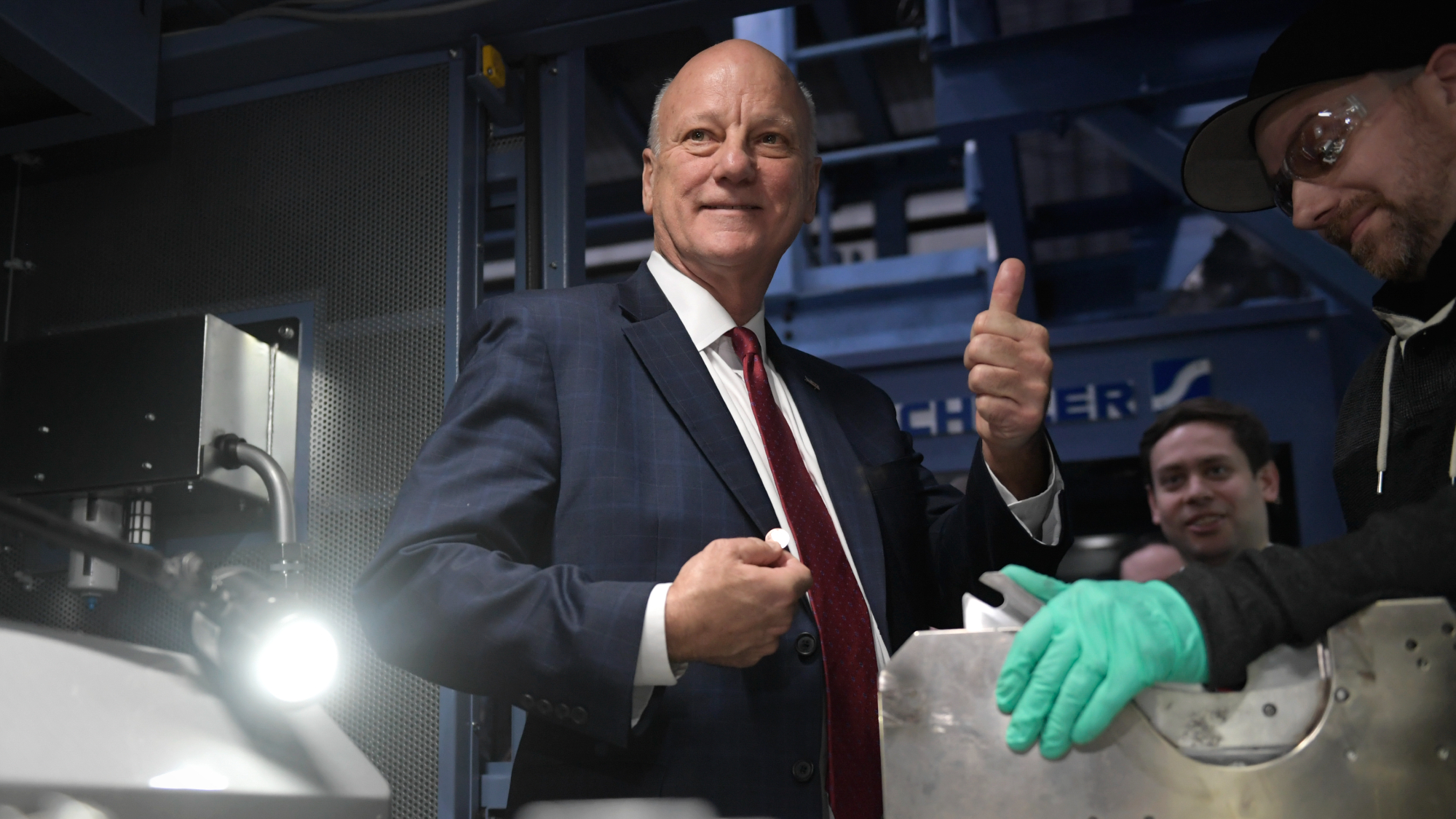 US mints final penny after 232-year run
US mints final penny after 232-year runSpeed Read Production of the one-cent coin has ended
-
 Warner Bros. explores sale amid Paramount bids
Warner Bros. explores sale amid Paramount bidsSpeed Read The media giant, home to HBO and DC Studios, has received interest from multiple buying parties
-
 Gold tops $4K per ounce, signaling financial unease
Gold tops $4K per ounce, signaling financial uneaseSpeed Read Investors are worried about President Donald Trump’s trade war
-
 Electronic Arts to go private in record $55B deal
Electronic Arts to go private in record $55B dealspeed read The video game giant is behind ‘The Sims’ and ‘Madden NFL’
-
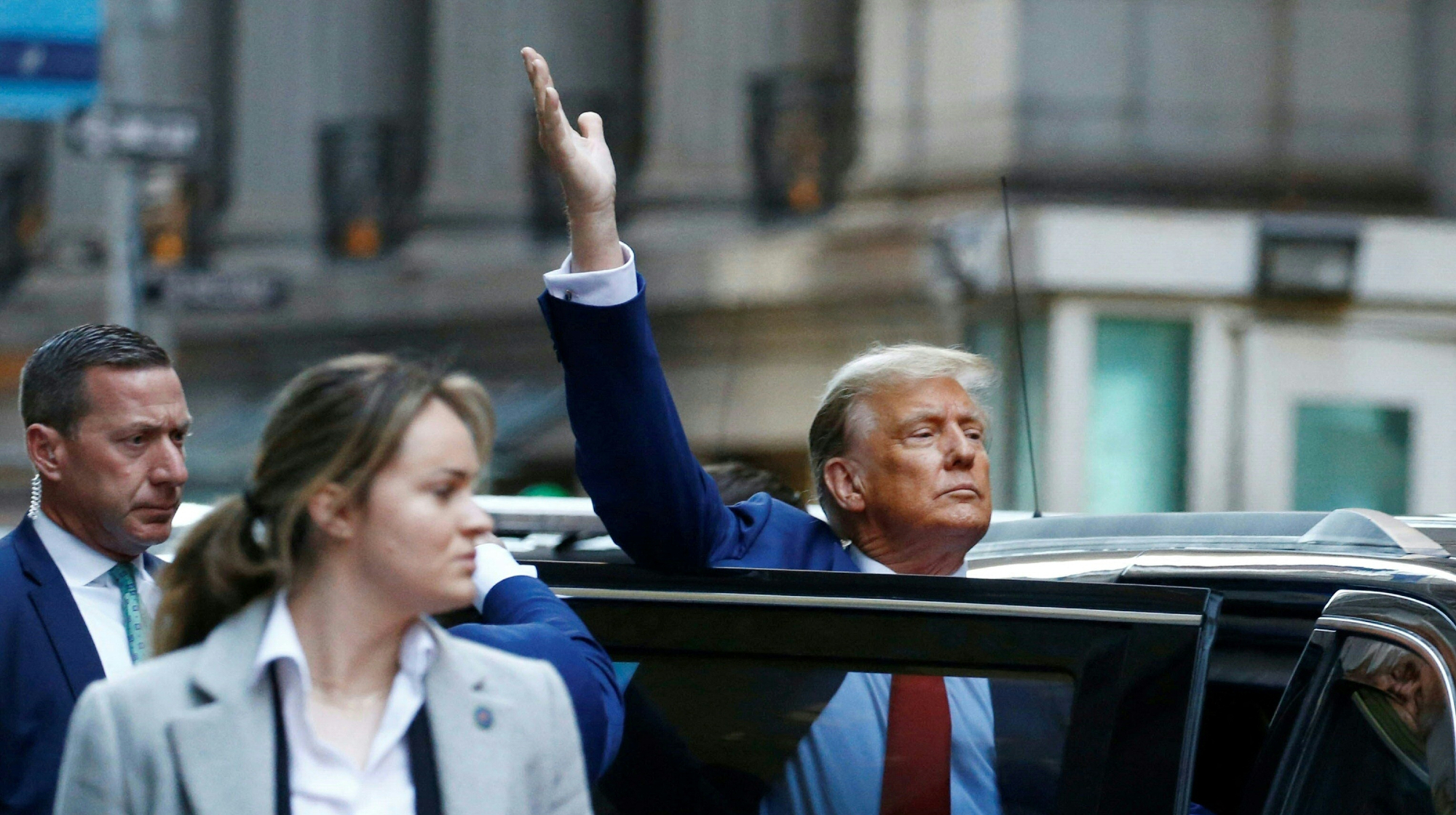 New York court tosses Trump's $500M fraud fine
New York court tosses Trump's $500M fraud fineSpeed Read A divided appeals court threw out a hefty penalty against President Trump for fraudulently inflating his wealth
-
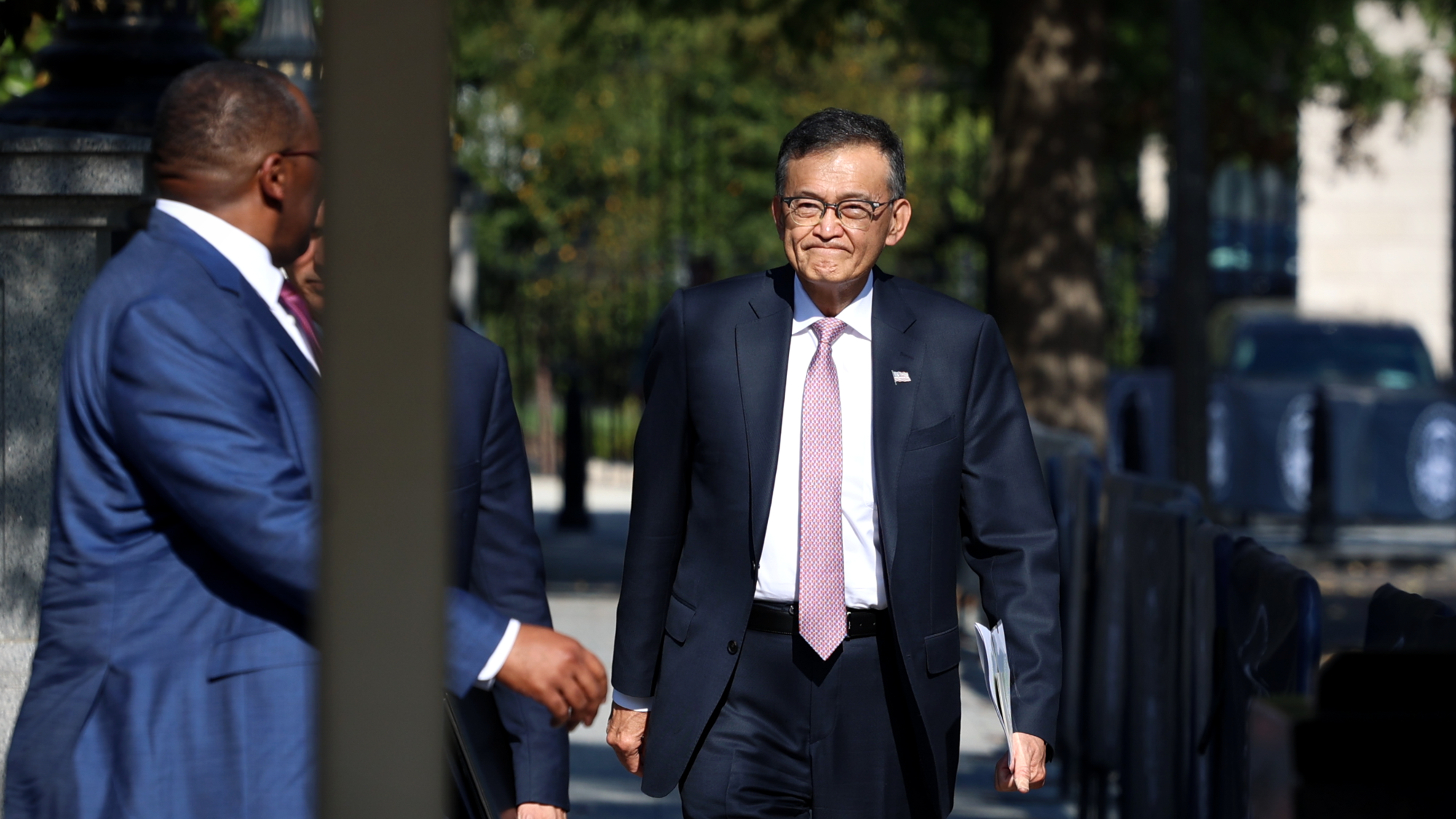 Trump said to seek government stake in Intel
Trump said to seek government stake in IntelSpeed Read The president and Intel CEO Lip-Bu Tan reportedly discussed the proposal at a recent meeting
-
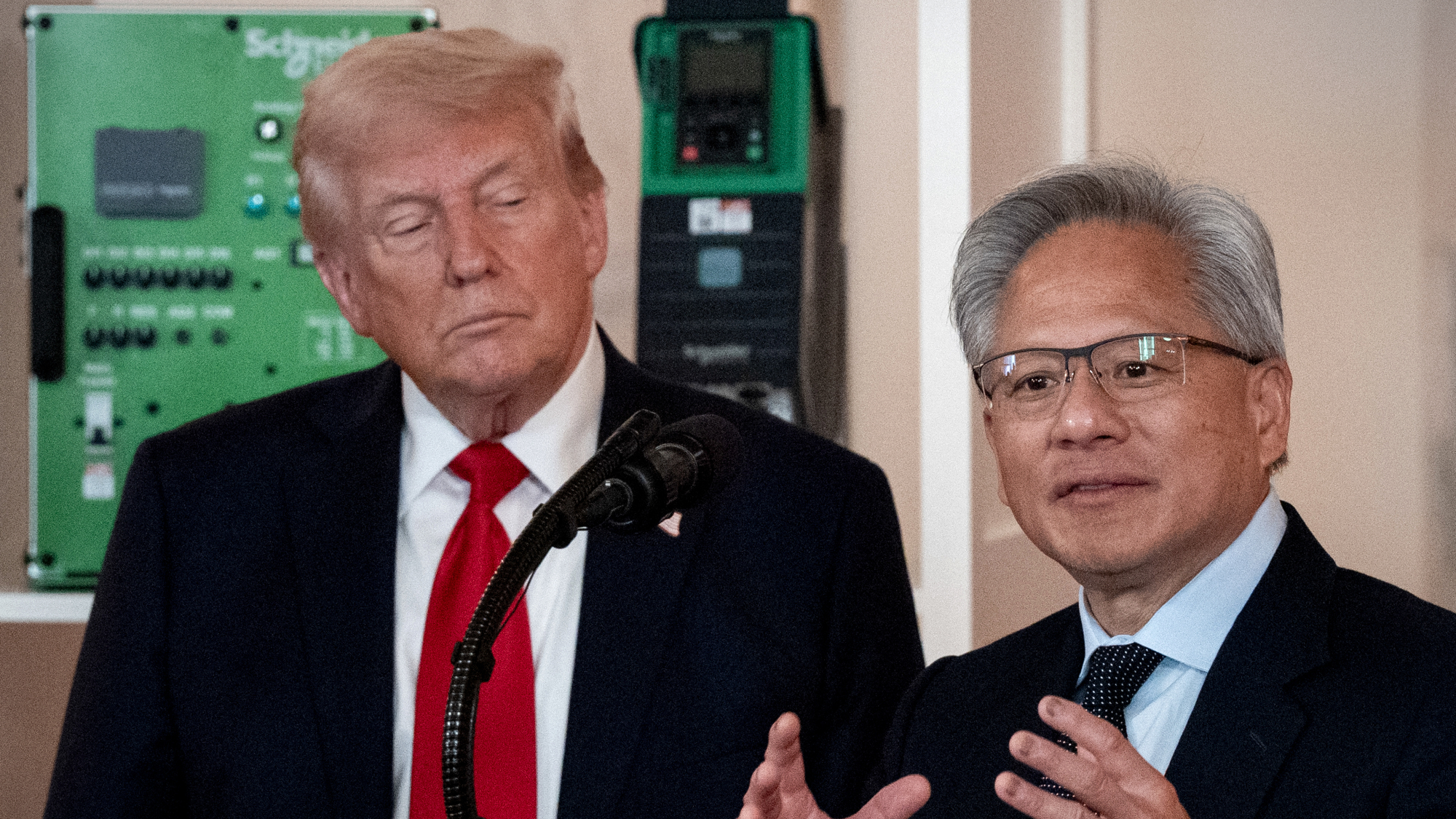 US to take 15% cut of AI chip sales to China
US to take 15% cut of AI chip sales to ChinaSpeed Read Nvidia and AMD will pay the Trump administration 15% of their revenue from selling artificial intelligence chips to China
-
 NFL gets ESPN stake in deal with Disney
NFL gets ESPN stake in deal with DisneySpeed Read The deal gives the NFL a 10% stake in Disney's ESPN sports empire and gives ESPN ownership of NFL Network